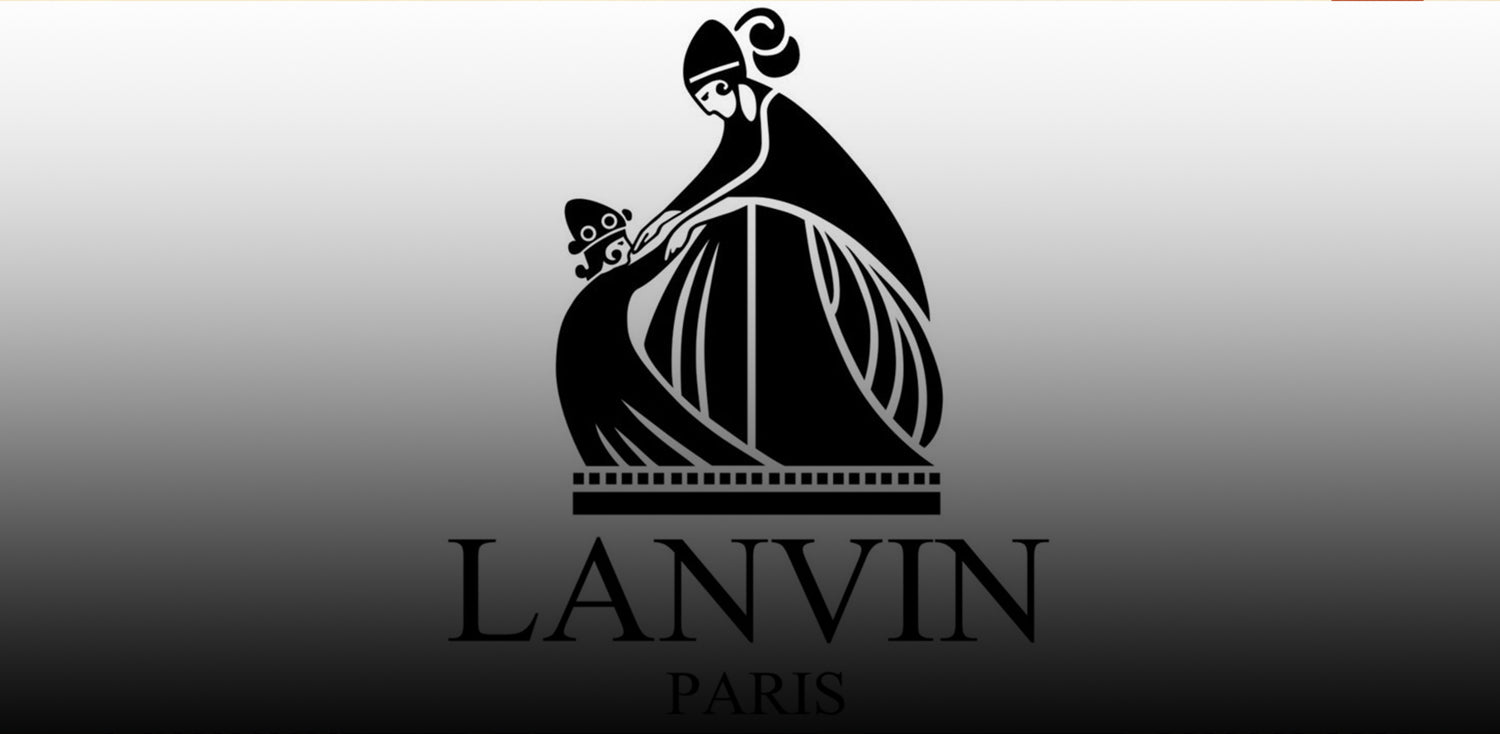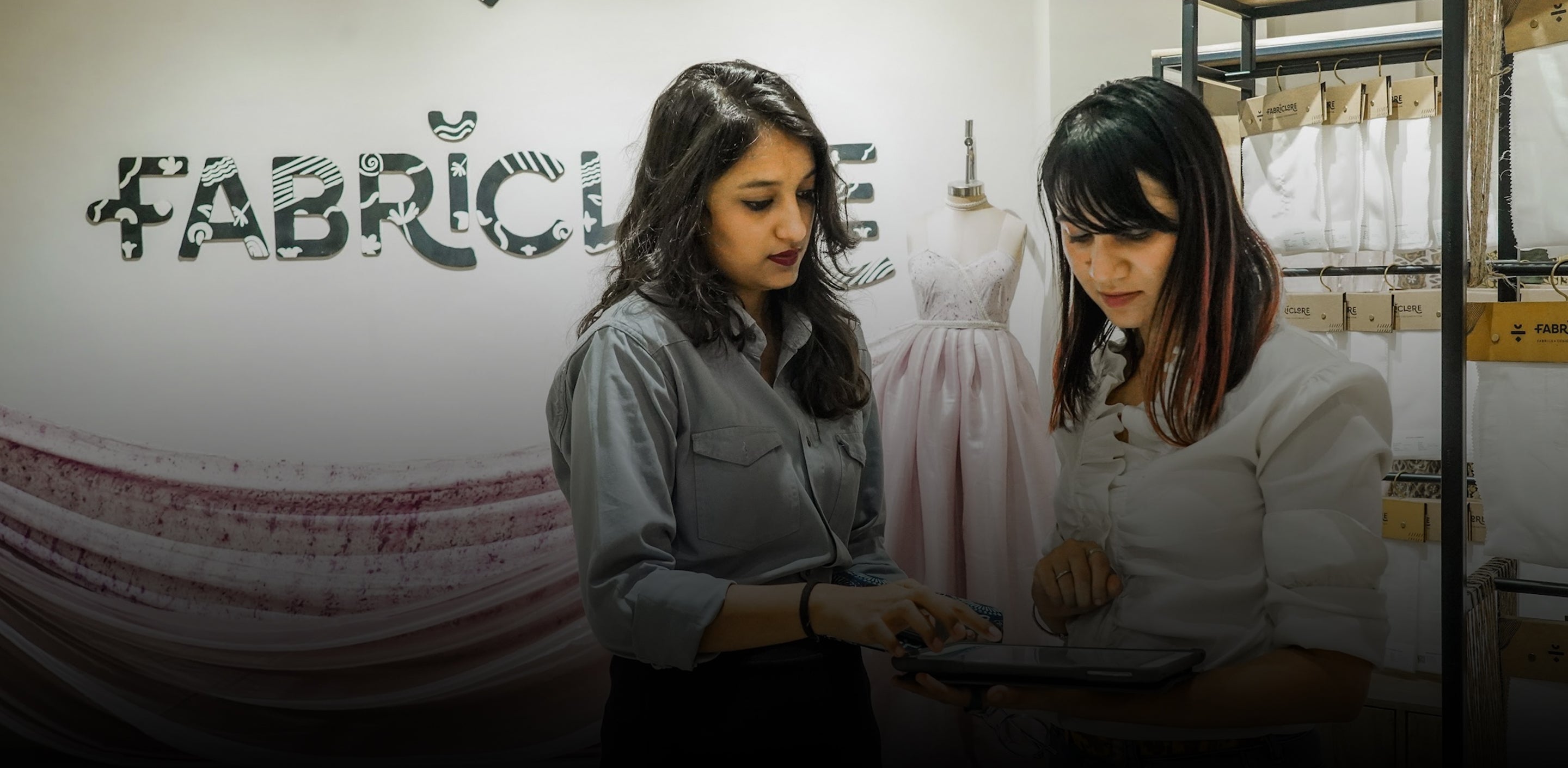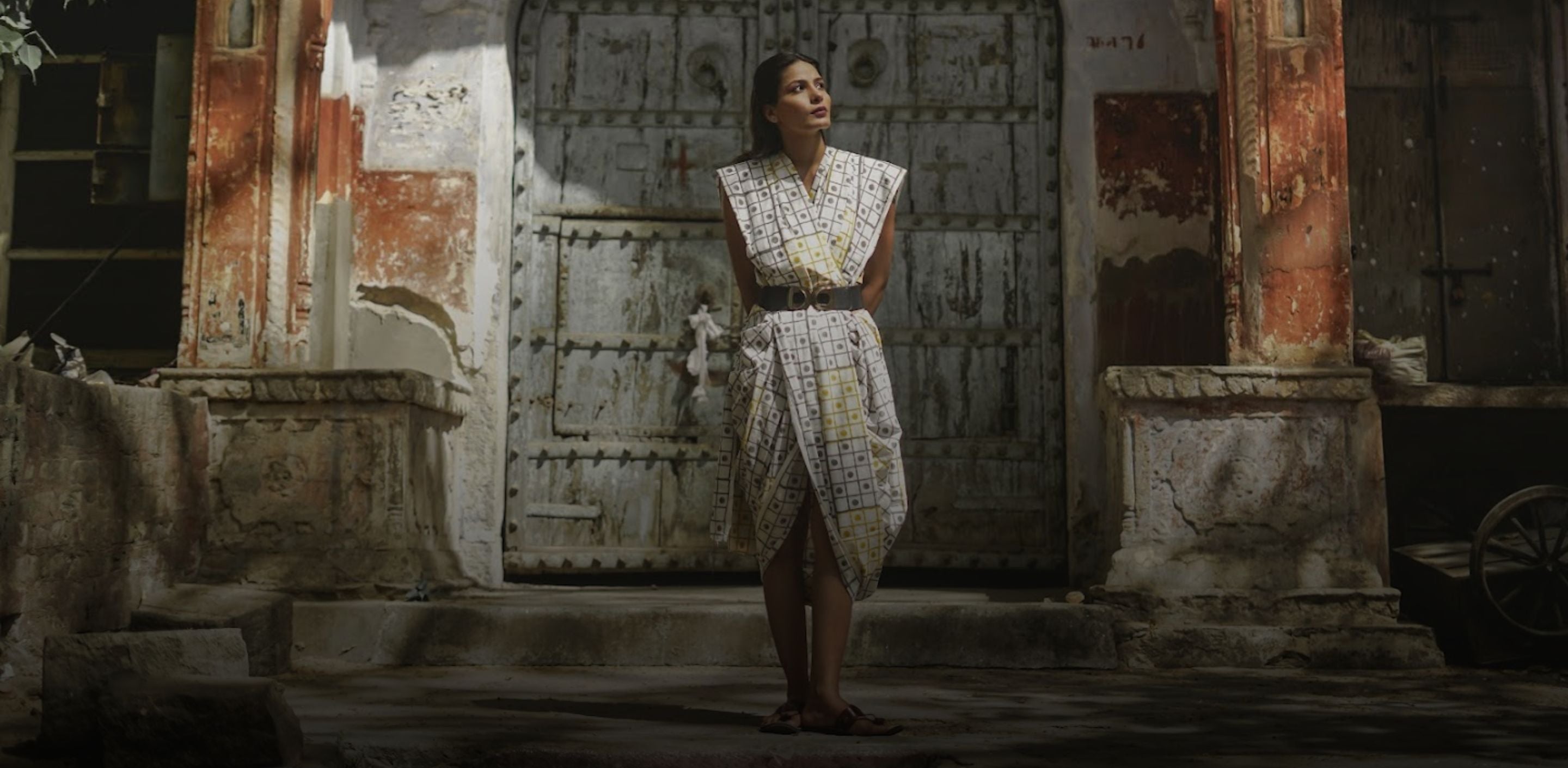Have you heard about the Lanvin history and frame collection? The first French haute couture firm still in business is Lanvin. As seen by the house emblem, creator Jeanne Lanvin was inspired by her passion and her love for her daughter to conceptualize and promote works that have had a lasting impact on the fashion industry for more than a century.
When Jeanne Lanvin first entered the industry at the age of 13, she was already a lifelong fashion enthusiast and was delivering hats for a Parisian milliner. She advanced due to her perseverance and fortitude, opening her own store in 1889. She relocated it to a renowned position on Faubourg Saint-Honoré Street four years later, when the name "Maison Lanvin" was formally adopted. It became popular right away.
Femininity and Parisian elegance were the brand's core and spirit back then, and they remain so now. In today's article, we'll examine the biography of the mother of fashion and the process by which she founded France's first haute couture.
Story of mother of fashion

Jeanne Lanvin was born in Paris on January 1, 1867, the oldest of eleven kids in a small household. Her independence and temperament prophesied Jeanne's unique destiny from a young age.
Jeanne began working for a milliner on Rue du Faubourg Saint-Honoré at the age of thirteen, where she earned her first salary. She was in charge of using an omnibus to transport hats across Paris and came up with a creative plan to avoid paying for a bus ticket: she followed the vehicle on foot. Jeanne, known as the "Little Omnibus," had already gained attention and was climbing the ladder swiftly.
Jeanne Lanvin was a diligent worker who showed her creativity when she started her milliner's apprenticeship a few years later. Since "Mademoiselle Jeanne's" hats were so well received, Jeanne began to daydream about starting her own business.
The then-22-year-old milliner will soon see her wish come true. She was able to have her designs, marked "Lanvin (Mademoiselle Jeanne) Modes," worn by the most stylish Parisians via her numerous sacrifices and perseverance.
That special bond and inspiration for fashion

Marguerite, Jeanne Lanvin's lone child and the object of her greatest love and inspiration, was born on August 31, 1897. One of the most renowned French fashion brands was created from their tight relationship.
For Marguerite, nothing was too lovely. The little child served as Jeanne Lanvin's first source of inspiration as she created an exceedingly opulent clothing for her at a very young age. Never leaving each other's side was the mother and daughter. Marguerite was often seen wandering through the hat racks at the shop, where she was frequently praised for her stylish attire. Jeanne Lanvin then saw a fresh chance and made the decision to go into children's clothes.
The history of the company is intricately entwined with this unique mother-daughter bond since Jeanne Lanvin's love for Marguerite inspired her to start creating clothing. As a birthday gift for her daughter, who by then had risen to the rank of Countess Marie-Blanche de Polignac, Jeanne also introduced the renowned perfume Arpège in 1927. The brand's distinctive logo—a picture of a mother and her infant created by Art Deco artist Paul Iribe—was created as a result of this amazing maternal love.
An era of fashion clothing

Jeanne Lanvin, a great visionary, used her career to elevate her fashion company to new levels of elegance and modernism by capturing the spirit of the day.
In several domains, the designer was a pioneer. She had to keep moving forward and never go behind. Being a master of many crafts, Jeanne Lanvin expanded the company's operations by often establishing new sections to address the demands of a changing society.
Hats, young ladies' and women's collections, lingerie, Jeanne Lanvin wedding dress, sportswear, men's collections, fragrances, and even interior design: Jeanne Lanvin clothing style and daring allowed her to slowly create an empire and usher in a change in lifestyle.
Source of inspiration

Unmistakably, the founder's curiosity, ingenuity, and creative drive were responsible for Lanvin's success. Jeanne Lanvin strove to reinvent herself with each new collection and took inspiration from her surroundings, the artists of her day, and travel.
Jeanne Lanvin routinely traveled while working on her next collection, taking the opportunity to record her experiences and sources of inspiration for Jeanne Lanvin fashion. When she was working, her meticulously preserved trip diaries were never far from her.
Along with her recollections, Jeanne Lanvin also wrote about things she had discovered, fabric swatches, or regional costumes from the places she or her close friends and family would go, such as Indian saris, Chinese garments, toreador outfits, or fabrics with ethnic embroidery.
Passion for colors

Jeanne Lanvin was mostly reclusive, yet her aesthetic sense and inventiveness allowed her to enter the most cutting-edge artistic groups of her day very early on. The Nabis movement's artists, particularly Édouard Vuillard, with whom she shared a color passion, were regular guests at the designer's parties.
Additionally a collector, Jeanne Lanvin, gathered pieces by Renoir, Degas, Fantin-Latour, Fragonard, and many more artists. She was greatly affected by the way that light was used in Impressionist paintings as well as by Odilon Redon's allegorical artwork. The brand's collections often displayed these creative connections. Jeanne Lanvin was so obsessed with color that she even started her own dye business in 1923.
Unique Lenvin style

Elegance, femininity, and modernism were the guiding principles for designer Jeanne Lanvin dresses.
Lanvin made a name for itself in the 1920s by combining vibrant hues with avant-garde ornamental methods. Dresses were embellished with ribbons, embroidery, pearls, and beautiful accents without ever sacrificing the expert construction and cutting work of the ateliers.
Black and white were commonly combined in Jeanne Lanvin designs with the company's recognisable hues, such the Lanvin blue. The mid-1920s saw the height of fashion with this combination, sometimes with hints of silver. It was the outcome of geometric study that was influenced by the then-dominant Art Deco trend.
Madam

The key to Jeanne Lanvin's fashion house's success was her many years of tenacious labor. She was reserved and precise, which set her apart from her colleagues.
Jeanne Lanvin, who was 79 years old, died quietly on July 6, 1946. "Madame" Jeanne, a hat designer, interior decorator, and perfume producer, left an empire in her wake.
FAQ
What inspired Jeanne Lanvin?
The motivation and inspiration for Lanvin's creations came from Marguerite. In order for her daughter to be the most beautiful lady in the world, Jeanne gave her the appearance of endless youth. Lanvin had the opportunity to recreate her idealized version of her own life by creating fantasy ensembles that her daughter may wear.
What are the most popular women's fashion designers?
There are various women fashion designers like Coco Chanel, Vera Wang, Miuccia Prada, Donna Karan, Carolina and Stella are popular and famous due to their unique style sense and fashion choices.
We also happen to be a magnet for suggestions, and would love to catch yours….throw us yours on hello@fabriclore.com




Leave a comment
This site is protected by hCaptcha and the hCaptcha Privacy Policy and Terms of Service apply.